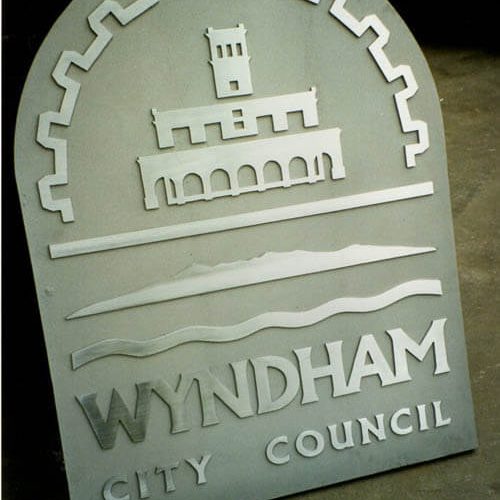Simply put, non-ferrous castings don’t contain iron, so aluminium is part of this iron-free family tree, as is magnesium, copper, and a whole host of metals with special properties. In opening with this statement, we’re setting the theme early in this discourse by talking about differences, for material variations abound in metallurgical science. The way different types of non-ferrous metals respond to different moulding temperatures, for instance, opens up a whole Pandora’s Box of processing logistics, but that’s okay, we know how to handle such obstacles.
Wading into Melting Temperature Variations
The heat used to liquefy aluminium is predictably low on the temperature spectrum. At approximately 660°C, we expect to see this popular lightweight metal lose structural rigidity and flow. Likewise, magnesium melts at 650°C. A castings shop could produce some formidable products by locking the furnace temperature at 600°C to 700°C, but what about copper? The reddish brown metal doesn’t melt and flow until applied furnace energy hits 1083°C, which presents a problem. Logistically, the processing equipment solves such fiery issues by specializing in a systematic approach that handles these temperature variations. Aluminium and magnesium, even lead, are delegated with a lower temperature environment, with the 1000°C furnace stations finding themselves reserved for copper and its various alloys. Curiously, both copper and zinc, the key components used in the production of brass, are defined by low melting temperatures, but brass turns this relatively cool figure on its head by refusing to liquefy until its confines radiate 940°C of metal-dissolving heat.
Proceeding on to Moulding Temperatures
The above paragraph identifies the key liquefying differences found in non-ferrous materials, so keep these temperature variations in mind when creating high-quality castings. The different moulding temperatures ensure formative flaws are eliminated as the melted medium flows past the gating assembly and into the cavity. The mould will obviously cause the fill to sharply decrease in temperature, but this action does not take place until every untouched contour and vacant space within the moulding cavity is properly filled. One caveat of concern at this juncture is the wall thickness of the product. Thin-walled castings adhere to the temperature listings provided above, but the introduction of a thick-walled processing line likely means upping the moulding temperature to offset premature cooling.
The energy required to work with popular aluminium and magnesium alloys is relatively low, but that quantity rises dramatically when copper and its many alloyed forms enter the moulding equation. Raise the temper accordingly or reserve high-temperature castings stations for brass working.

